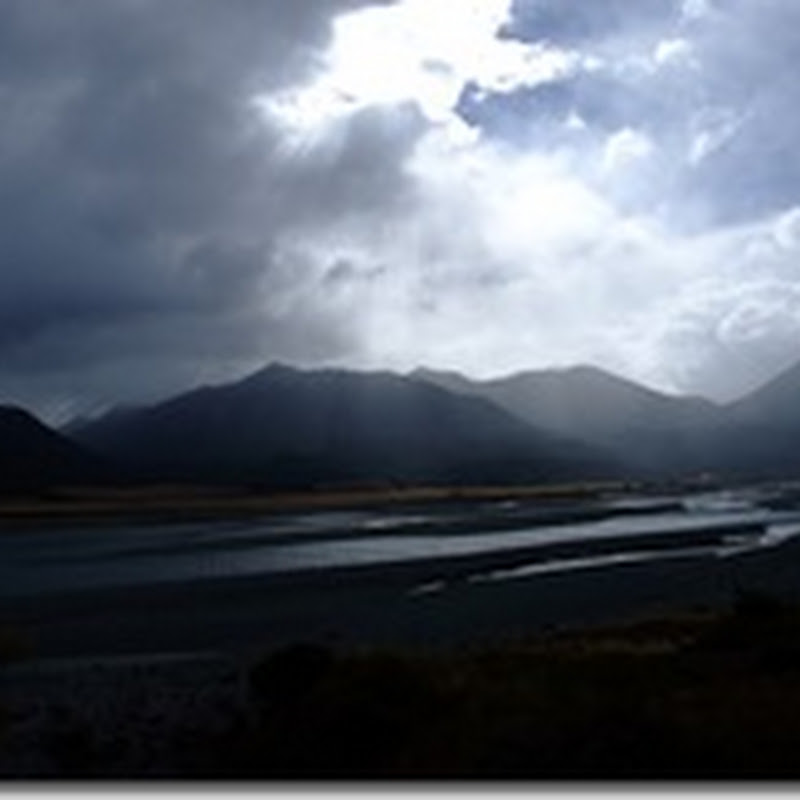I just had a chicken sandwich for dinner. That's right: chicken, a sandwich. Nothing more, nothing less.
This somewhat meagre dinner resulted from a combination of factors. First, my knowledge of English isn't quite perfect. It took me at least a year to figure out that "jalapeños" are the small, hot, green peppers. (Please don't get me started on the meaning of the word "peppers"!) Second, I know nearly as much about cooking as I do about pension funds - no need to ask me what the difference is between cooking, baking, frying, steaming, roasting or grilling. (Though I have a hunch about "steaming".) Third, either cooks are really bad in the US, or every single American is an outstanding cook.
The fact is that there is almost no (generally take-away) joint where they won't have you (the customer that is, not the cook) decide on everything about your meal - down to the finest details. Most of you might have experienced this at Subway: what type of bread would you like - what kind of meat would you like - cheese - toasted? - vegetables - sauce - salt? pepper? Drink? Cookie? In Sweden, the only give-away that I didn't know Swedish as well as I should, used to be my blank stare when they asked me if I wanted to take it home or eat it at the joint. At Subway (and now just about anywhere), this single blank stare inflated into a concatenation of blank stares, requests to repeat what they just asked and a total and utter indecision when faced with the choice between Swiss and Ceddar cheese. (I honestly have no clue what the difference is. All I know is that the Swiss cheese most definitely does not come from Switzerland.)
So I learned to say "A bit of everything, thanks" and subsequently, as my vocabulary and culinary knowledge grew: "A bit of everything, except jalapeños and olives, please". Last week, when ordering a hot-dog for lunch, this technique aparently didn't do. The chef (this was actually a real chef-looking guy, believe it or not) looked at me in disbelief. I started wondering how difficult this could be: just how many things could one possibly combine with a hot-dog? After a few moments of consternation, the guy luckily made his mind up and helped me out by doing what any cook in Europe would have done in the first place: following his own recipe.
Back to this evening. Originally I planned to give in to the easy and unhealthy option Burger King provides around the world: Double whopper please. No drink. Pay. Thanks. Get away. No choices, no dilemmas, no lack of information on what combinations arouse suspicion and what combinations are normal. However, Burger King being what it is, I changed plans at the very last moment and picked the unknown, more healthy-looking joint next to it. That in itself wasn't the big mistake. Replying "no" when the lady asked what more I wanted - that was the mistake. I saw her eyes widen and look at me as if I was a straightout weirdo. It may have been my general astronomer/nerd look that did it, or maybe my dishevelled hair, dripping recycled raindrops onto her counter, either way I must have made an impression that correlated with the peculiar order because she didn't ask again.
And so I ended up with a handful of lettuce and a piece of chicken in a bun. I wouldn't say it was a feast to my tastebuds, but at least it must have been more healthy than Burger King.
Stony Point to Kuranda: Part 3
-
Sydney to Brisbane. What a journey. I'd better start off by noting though
that the train had seen better days (probably better decades) and it only
went a...
7 years ago











